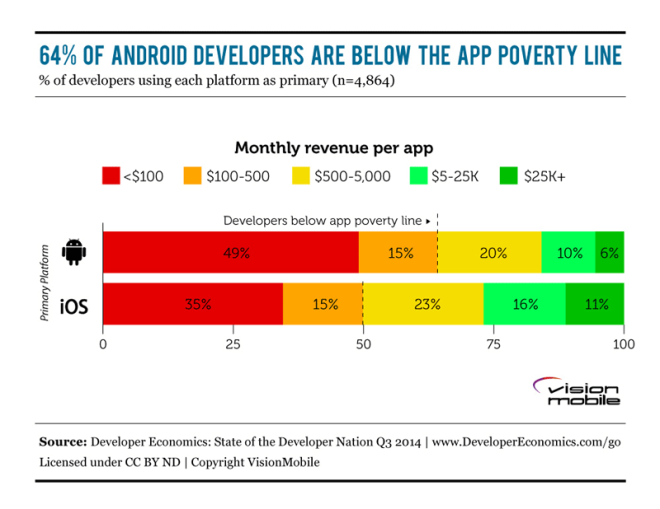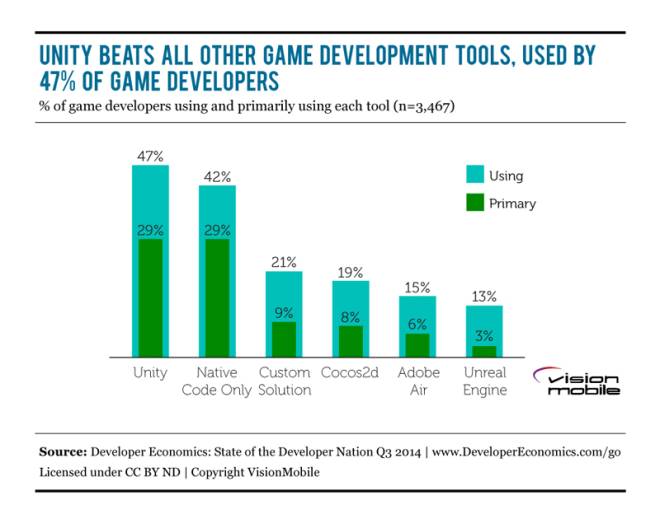The term Enterprise Developer has been showing up quite frequently over the past few years in Developer Nation and other programming communities. In our experience, this term can have slightly varied meanings, but it often relates to the Developers working in big teams/organisations, supporting enterprise-grade software development.
To shape a more accurate definition and learn more about Enterprise Developers’ roles, responsibilities, and challenges, we decided to ask them directly. Hence, starting this new series of blog Interviews at Developer Nation, talking with Enterprise Developers, giving our community more clarity about their work and how it differs from a startup environment.
The first interviewee in this series has requested us to keep their identity anonymous; hence respecting their privacy, we will call them Dev A.
Ayan: Can you briefly describe your job as an Enterprise Software Developer
Dev A: I work as a Software Developer at an investment firm, my work revolves around writing tools and data pipelines that help traders/operations and also data pipelines that run during and pre/post trading.
Dev A has briefly described their work as building tools and data pipelines that help investors trade on the platform.
A data pipeline is a function that processes raw data from various data sources and then posts it to a data warehouse for further analysis.
Ayan: What are some of the challenges and benefits of working at a large company compared to a startup?
Dev A: Challenges – a lot of existing infra to go through and gain understanding on. Slow review and deployment process, lot of stakeholders.
Benefits – Learn about processes, scalable solutions, how large infra is maintained. You get a hang of good practices.
Processes make it easier for developers to work and support each other in a big team setup. However, these processes can also sometimes become bottlenecks when new features of patches in the code need to be shipped to the production. As Dev A mentioned, the review and deployment process is slow, and many stakeholders are there whose reviews are needed. On the good side, these processes ensure the quality of the code having it being reviewed by multiple parties. Especially in financial organisations a bug showing an incorrect balance can be a disaster for the product.
Ayan: If you could change one thing about how your organization operates, what would it be?
Dev A: n/a
I asked Dev A if there’s anything they would want to change about the way their organization operates. Apparently there isn’t anything that is rare but good to know.
Ayan: How is AI impacting your day-to-day life? Is there a policy regarding the use of AI tools in your company?
Dev A: Not allowed to enter proprietary information in LLMs. Consider anything entered into ChatGPT is as good as posting it on social media.
AI helps generate quick commands for generic things – e.g bash commands, generate snippets, etc. Stack overflow replacement in a crude way.
From the response, Dev A’s org seems to have a strict policy when it comes to using Large Language Models like ChatGPT with any proprietary information. However, Dev A has been using it to support their development work, like generating Bash commands or code snippets to automate aspects of their job, using it as a Stack Overflow replacement – Very Interesting.
Ayan: How much of your work depends on specific tools, frameworks, programming languages, or cloud providers?
Dev A : Many libraries are inbuilt and maintained in-house, but many are used from outside as well. e.g redis, github etc.
This one is a classic. To be easily maintainable a big software project is usually organised into libraries, which are easier to maintain and reuse in different projects. As Dev A mentioned, many libraries are built and maintained within the org itself. However, like any other software product, they also depend on other work in open source and outside to support the product development.
That was all from this interview, but keep an eye out for more. If you know anyone we should invite for this kind of interview session, please feel free to write me at ayan.pahwa@slashdata.co
Ayan






















